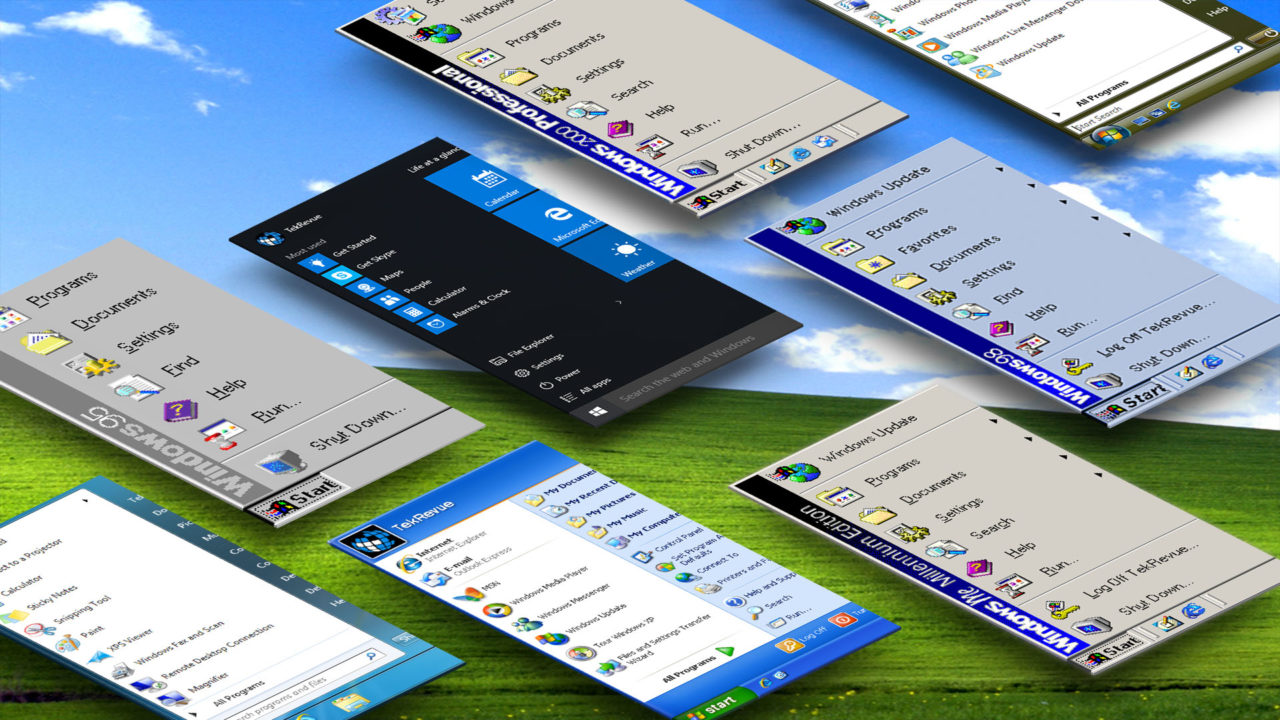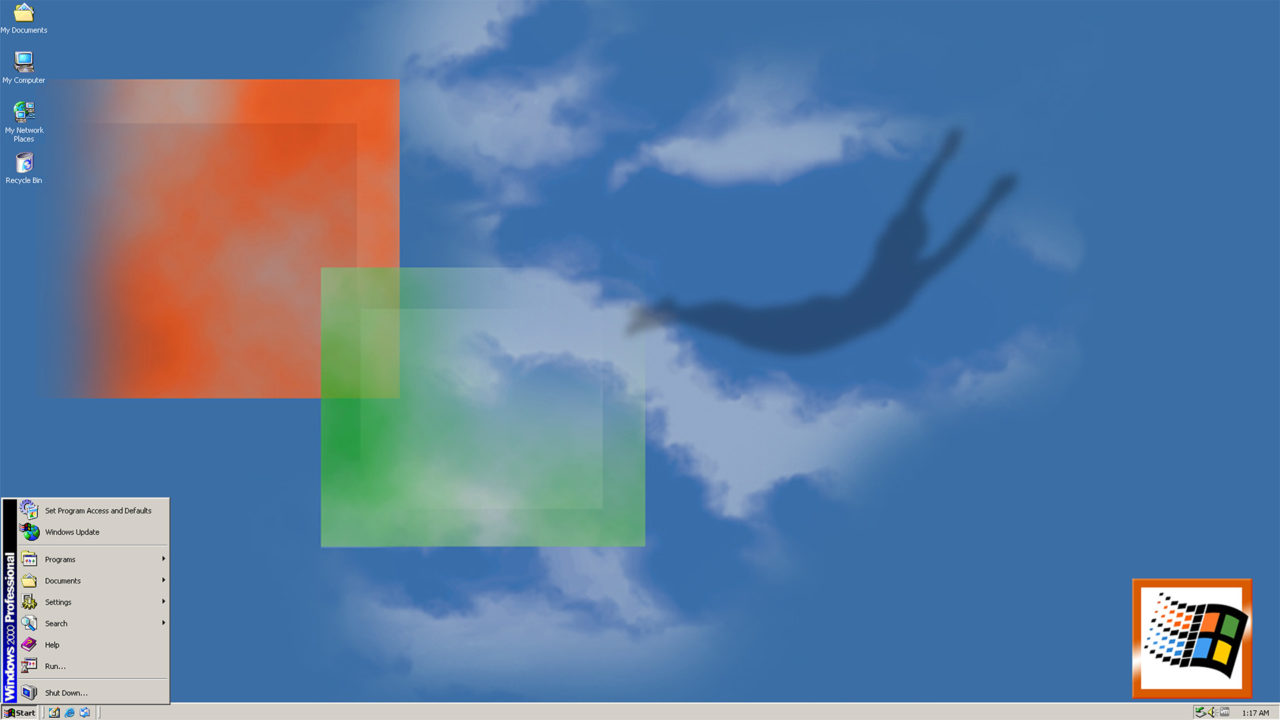The Evolution of the Windows Start Menu: Windows 95 to Windows 10

Windows 2000 Professional
Codename: None*
General Availability: February 17, 2000
While Windows 98 focused on consumers, Windows 2000 was Microsoft’s push to move its business customers to a single new operating system. Previous versions of Windows NT were primarily targeted at high-end business users and servers, but Windows 2000 leveraged the advanced Windows NT code base while still providing a familiar and usable interface for office workstations and power users.
Despite the different codebase, the Windows 2000 Professional Start Menu was nearly identical to consumer versions of Windows, with the ability to access all installed programs, user documents, settings, search, and the command prompt all with just a few clicks. One notable change that would later become a standard Windows feature was a quick shortcut to Program Access and Defaults, where users could set the default programs for each file type or activity, add or remove Windows components, and uninstall existing programs.
Turning to the technical side, Windows 2000 significantly expanded the list of supported devices like printers, scanners, modems, and digital cameras, and took advantage of new technologies like IEEE 1394 (FireWire), wireless networking, and infrared network links. Productivity was enhanced thanks to multi-monitor support, and some consumer features even made their way to the operating system, including DVD playback support to help pass the time on those long business trips.
Windows 2000 would prove to be a seminal release for Microsoft, as it represented the initial push to unify the more advanced NT code base with the more user-friendly 9x feature set to provide a single foundation for all Windows users. This goal would be achieved with the release of Windows XP, but Microsoft had one more stop to make…
*Dave Thompson, the Microsoft software engineer in charge of the network subsystem for Windows NT, explained that project chief Jim Allchin “didn’t like codenames,” leaving Windows 2000 as one of the few major Microsoft releases to not have a codename.
[one_half padding=”0 5px 20px 0″]
1. Introduction
2. Windows 95
3. Windows 98
4. Windows 2000 Professional
5. Windows ME
[/one_half]
[one_half_last padding=”0 0px 20px 5px”]
6. Windows XP
7. Windows Vista
8. Windows 7
9. Windows 8.1
10. Windows 10
[/one_half_last]


















3 thoughts on “The Evolution of the Windows Start Menu: Windows 95 to Windows 10”
Krystle of
pirate bay